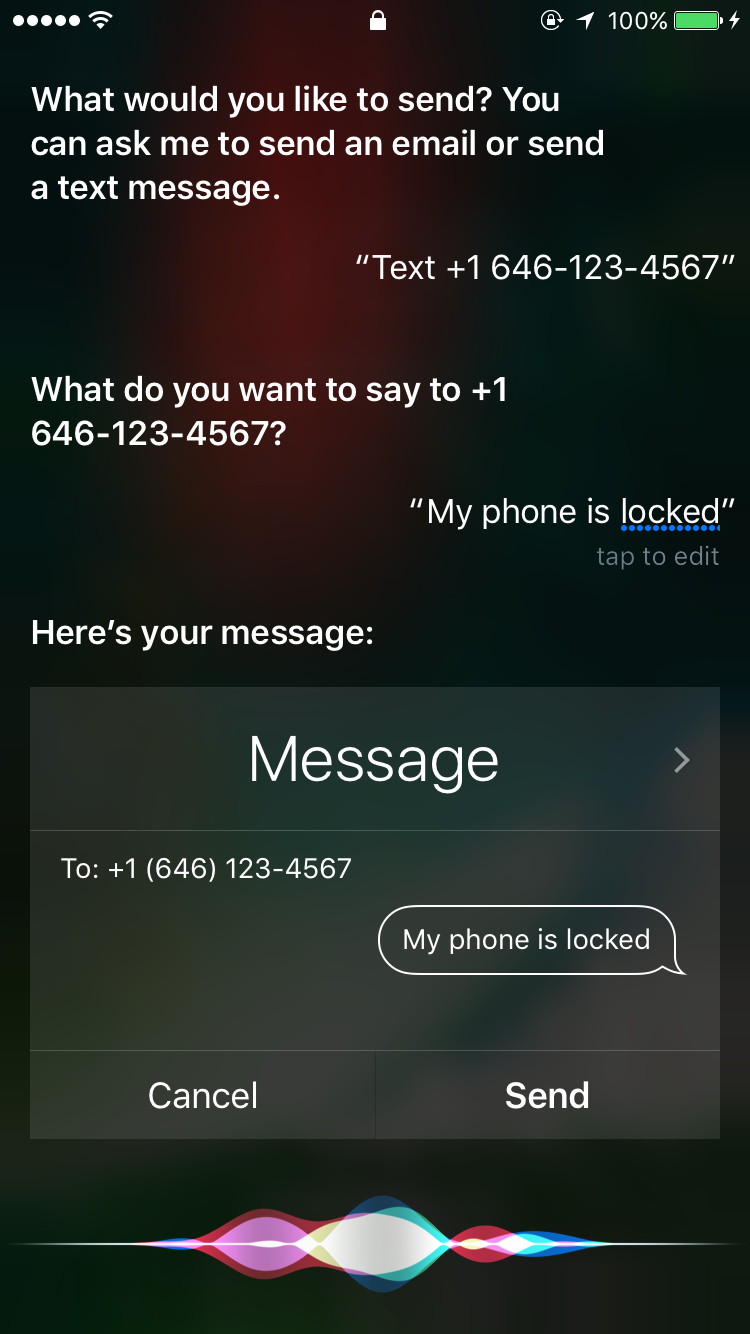Your phone's lock screen, by definition, should not be a 'hub of information'


When is a lock screen not a lock screen?
As smartphones get progressively better, stronger, more secure, and more advanced in almost every way, there's been a backwards pedal in one small, barely thought about corner of millions of smartphones: the lock screen. Your lock screen keeps hackers, thieves, snooping partners, and even law enforcement out of your phone; its sole purpose is to keep your information private and away from prying eyes.
Yet, take Apple's latest software, iOS 10 -- which last week was released as a limited public preview. The lock screen in iOS 10 has a new widgets pane. Swipe right and you have access to a series of panes that give you an at-a-glance look at your world right now and the day ahead. It follows in the path of Android, which has allowed users to progressively push more of their information to the front of their phones.
News outlets and tech media have been fawning over the reimagined lock screen. The Verge said in a recent write-up that the "lock screen is now your hub of information".
But wait -- isn't a lock screen meant to block access to your information?
Macworld detailed how much access to your data anyone can have now.
"Apple has already added the functionality to its built-in apps. For instance, when you receive a Calendar invite, you can view all the details and accept or decline the event directly inside the notification right on your lock screen. Messages were interactive on the lock screen starting in iOS 9, so you could quick reply to a text directly from a notification. But now you can view an entire message thread directly inside a notification banner," wrote the Apple-focused publication.
And that's a lot of data.
Wired explained your phone is "basically just a lock screen now", describing it as having two layers: one that's locked and "at a glance", while the other is unlocked and allows you to interact with what you have.

(Image: ZDNet)
"That's a key feature, because the lock screen is the biggest change in iOS 10. That press-to-unlock thing is designed to keep you on the lock screen, because it's where you'll want to be," the magazine said.
That difference is what you see versus what you can interact with. Almost everything you tap on (or use Force Touch with) will throw up the passcode prompt. But even without entering it, you're still able to see upcoming map destinations, names, some contacts, photo thumbnails, and music -- and that's not even looking at third-party apps. And from Spotlight, you can see all your apps. On its own, why would that be a problem?
I picked up a colleague's phone and right there in "app suggestions" were two widely-used dating apps. I didn't know what content was in those apps, but I now know they exist on the phone -- and that's enough for me to draw assumptions about the person. You know what else does that? Metadata, which has long been used to make connections between people based on who they talk to and when (even if the "what" is never known).
That's not what a lock screen is supposed to do. But this isn't exactly new behavior.
Siri has on numerous occasions been used to bypass the passcode security protections, forcing Apple to quickly respond to plug leaks of user information.
Unsurprisingly, not much has changed ever since its debut. If you have Siri enabled on the lock screen (and why would you given the security risks?), anyone with your phone can send emails and text messages to those in contacts list -- and by editing the Siri query (hitting "tap to edit"), you can send to any phone number or email address of your choosing, though you can't make non-emergency phone calls from the lock screen unless they're in your "favorites" widget.
And that's all without entering your passcode or verifying your fingerprint.
Why would anyone want that? It may not be the end of the world to some; who cares if someone can send a text message or an email from my lock screen without my permission? Because some -- likely many -- will fundamentally find it useful. You can turn it off, but the average Joe may not know how or want to given its occasional (if not sparing) usefulness.
If your iPhone will soon be "basically just a lock screen", then say goodbye to the days when your lock screen was a barrier to your information. It's starting to look like convenience might be taking over, even if it's at the expense of your privacy.